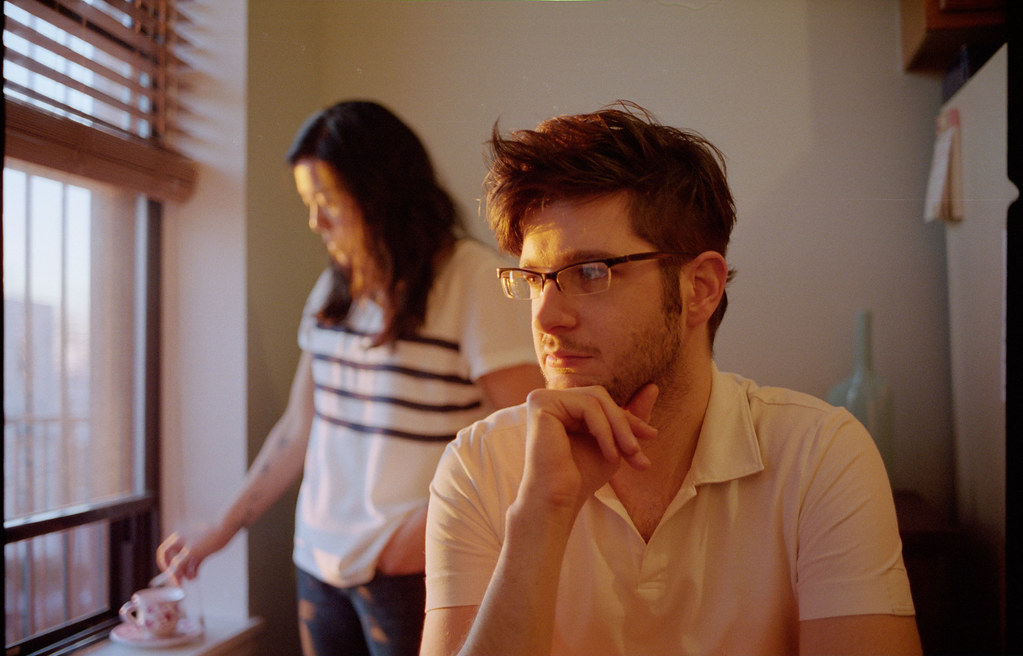literiter
Well-known
I've been impressed with the appearance of digital photos shot in HDR.
I'm curious if anyone has tried, or had success using film + scanner + Photoshop to achieve this effect.
I will try it myself using XP-2 at different settings soon anyway, as soon as the snow (!) clears but I'd like to hear from others.
I'm curious if anyone has tried, or had success using film + scanner + Photoshop to achieve this effect.
I will try it myself using XP-2 at different settings soon anyway, as soon as the snow (!) clears but I'd like to hear from others.





